Discover Warsaw: A Journey Through Time
Explore the rich history and vibrant culture of Warsaw on this free walking tour, uncovering stories behind its iconic landmarks.
Time
3 Hours
Stops
9 Places
Distance
2.2 km
Royal Castle
Begin your journey at the Royal Castle, a symbol of Polish history and a UNESCO World Heritage Site, where the kings of Poland once resided.
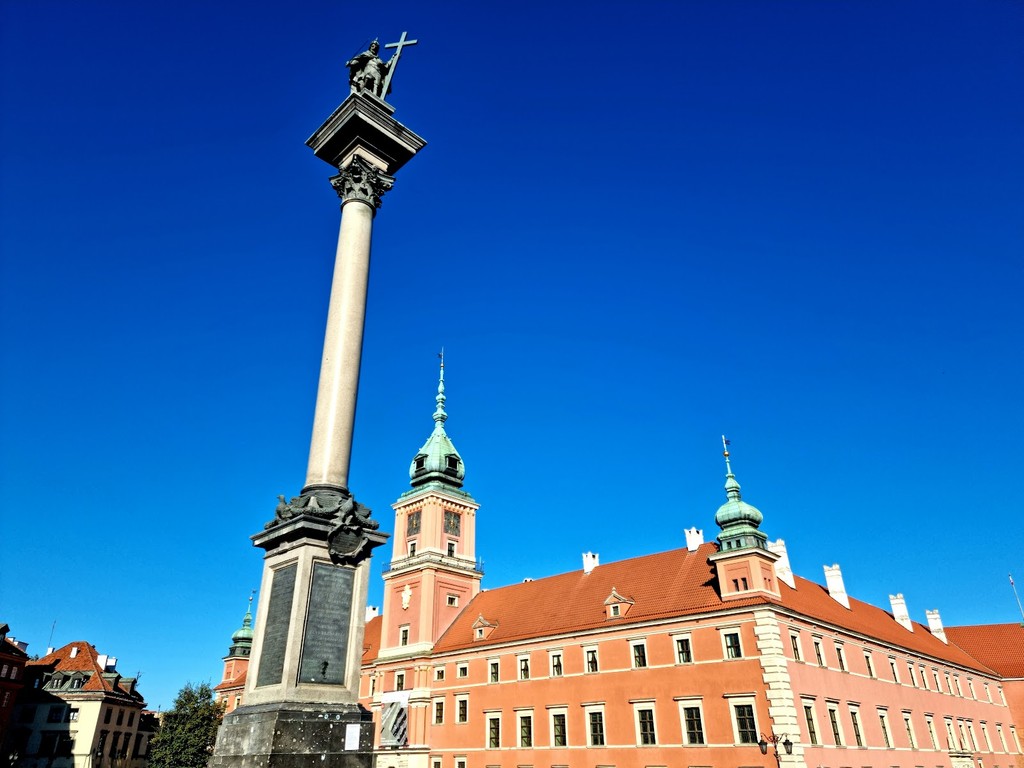
Royal Castle (Source: Google Maps)
The Royal Castle, a UNESCO World Heritage Site, is a magnificent symbol of Polish heritage. Originally built in the 14th century, it served as the residence of Polish kings and has witnessed crucial events in the nation’s history. The castle was reconstructed after World War II, showcasing stunning Baroque architecture and intricate interiors. Visitors can explore its richly decorated rooms, including the Throne Room and the Canaletto Room, filled with historical art and artifacts. The castle's location at the entrance to the Old Town emphasizes its importance in Poland's royal history, making it a must-see landmark for those wanting to understand the country's past.
Old Town Market Square
Experience the vibrant heart of Warsaw's Old Town at the Market Square, surrounded by colorful townhouses and lively street performers.
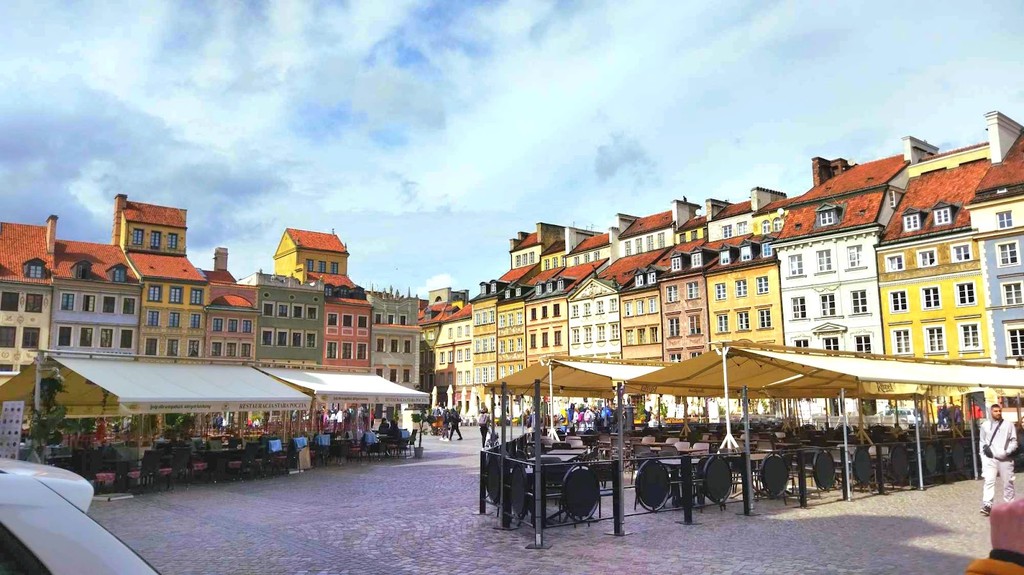
Old Town Market Square (Source: Google Maps)
The Old Town Market Square is the vibrant heart of Warsaw, surrounded by colorful, reconstructed townhouses that reflect the city’s resilient spirit. Dating back to the 13th century, this square has been a central hub for trade and social gatherings. The square is adorned with the iconic Mermaid statue, symbolizing the city’s identity. Visitors can enjoy lively street performances, local crafts, and delicious Polish cuisine from nearby cafes. The area bustles with energy, especially during festivals and events, making it a perfect spot to experience the cultural vibrancy of Warsaw. Its reconstruction after the devastation of World War II is a testament to the city’s enduring legacy.
St. John's Archcathedral
Continue to St. John's Archcathedral, an essential site of Polish history and a prime example of Gothic architecture.
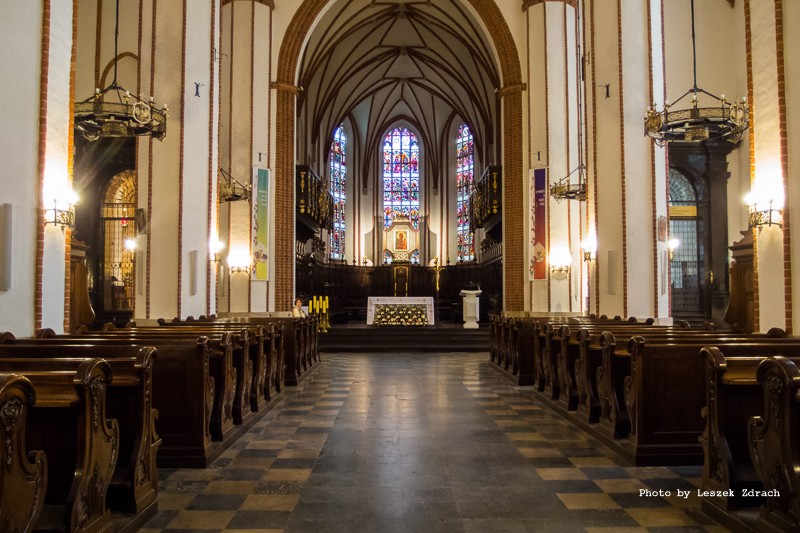
St. John's Archcathedral (Source: Google Maps)
St. John's Archcathedral is a stunning example of Gothic architecture and an essential site in Polish history. It has served as the cathedral for the Archdiocese of Warsaw since the 18th century. The cathedral's construction began in the 14th century, and it has undergone several renovations, particularly after being damaged during World War II. Inside, visitors can admire the beautiful stained glass windows, intricate altars, and the impressive organ. The cathedral is also a significant site for national ceremonies, including royal weddings and funerals. Its rich history and architectural beauty make it a vital landmark in Warsaw’s Old Town.
Warsaw Barbican
Walk to the Warsaw Barbican, a historical fortification that once defended the city and now serves as a reminder of Warsaw's medieval past.
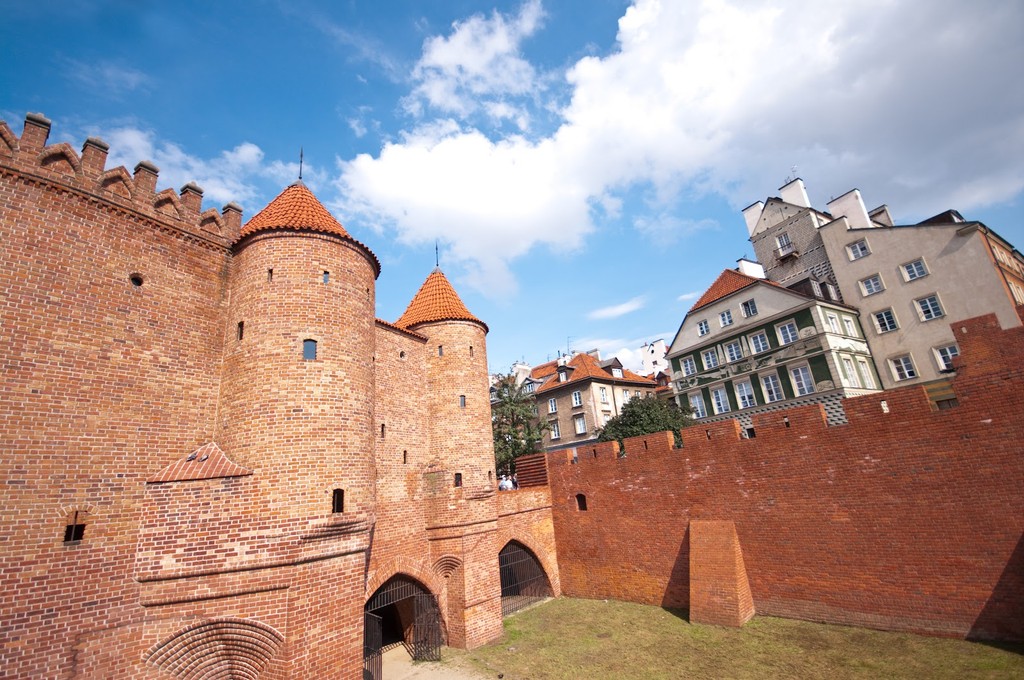
Warsaw Barbican (Source: Google Maps)
The Warsaw Barbican is a historical fortification that once played a crucial role in the city's defense during the Middle Ages. Built in the late 15th century, it is one of the few remaining parts of the city’s defensive walls. The Barbican features a distinctive round shape and is characterized by its brick construction and tall towers, which offer a glimpse into the architectural styles of the time. Today, it serves as a reminder of Warsaw's medieval past and is a popular spot for visitors to explore. The surrounding area is often filled with street vendors and artists, adding to the vibrant atmosphere of this historic site.
Sigismund's Column
Just a short walk from the Royal Castle, marvel at Sigismund's Column, the oldest secular monument in Warsaw, dedicated to King Sigismund III Vasa.
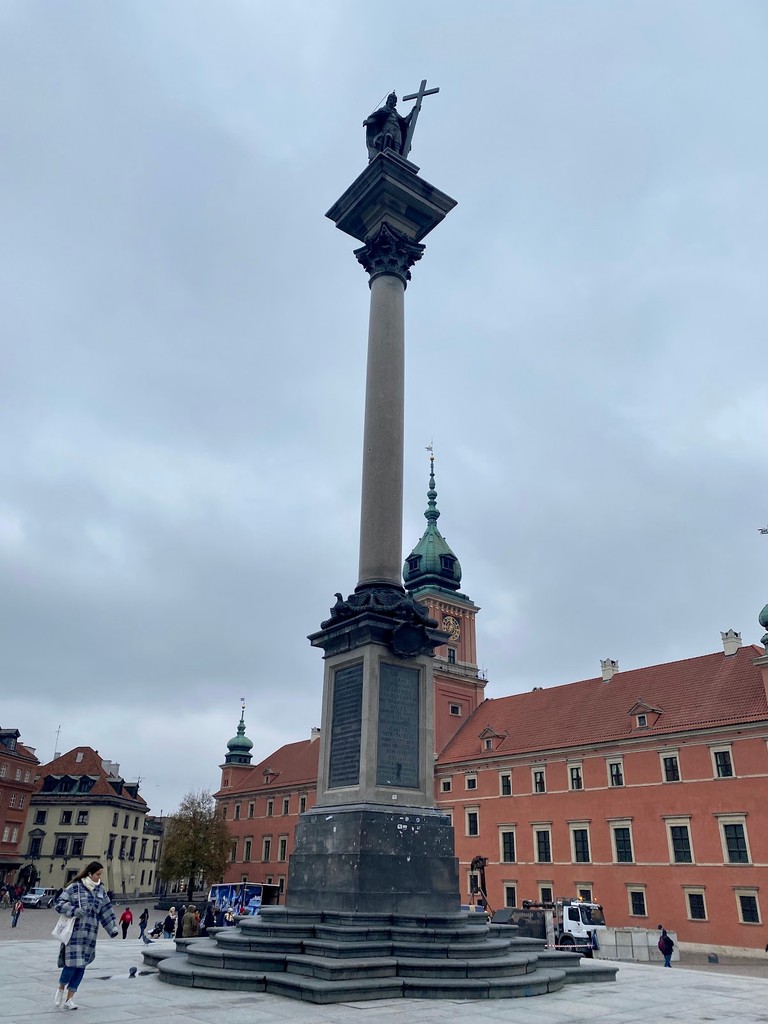
Sigismund's Column (Source: Google Maps)
Sigismund's Column is an iconic landmark in Warsaw, dedicated to King Sigismund III Vasa, who moved the capital from Kraków to Warsaw in the 17th century. Erected in 1644, this column is the oldest secular monument in the city and stands at an impressive height of 22 meters. The column features a statue of the king atop a pedestal, symbolizing his significant role in Polish history. It is surrounded by beautiful gardens and is a popular meeting point for locals and tourists alike. The monument not only commemorates the king but also serves as a reminder of Warsaw’s rich royal heritage.
St. Anne's Church
Head to St. Anne's Church, known for its stunning interior and a bell tower offering panoramic views of the city.
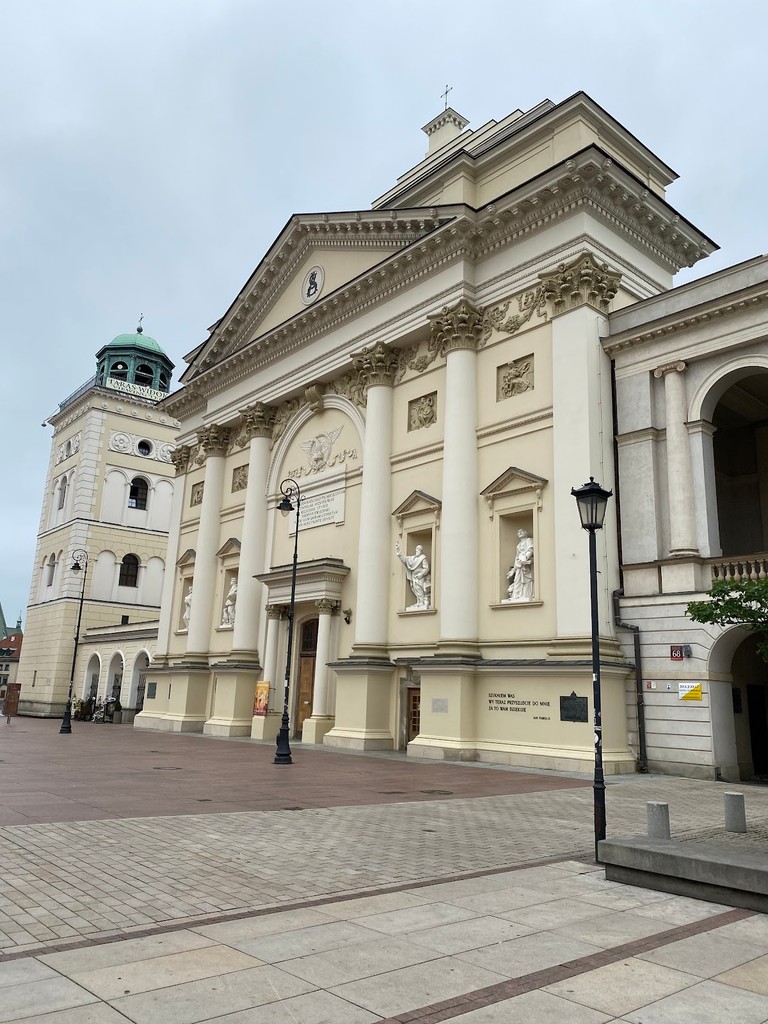
St. Anne's Church (Source: Google Maps)
St. Anne's Church is renowned for its stunning Neoclassical architecture and beautiful interior. Built in the 18th century, the church is notable for its impressive façade and a bell tower that offers panoramic views of the city. Inside, visitors can admire the exquisite altars, intricate frescoes, and an organ that is one of the largest in Poland. The church has played a significant role in Warsaw’s cultural and religious life, hosting numerous concerts and events. Its location near the Royal Castle adds to its historical importance, making it a must-visit site for those exploring the city’s rich architectural heritage.
University of Warsaw
Visit the University of Warsaw, one of Poland's most prestigious universities, featuring beautiful historic buildings and a rich academic legacy.
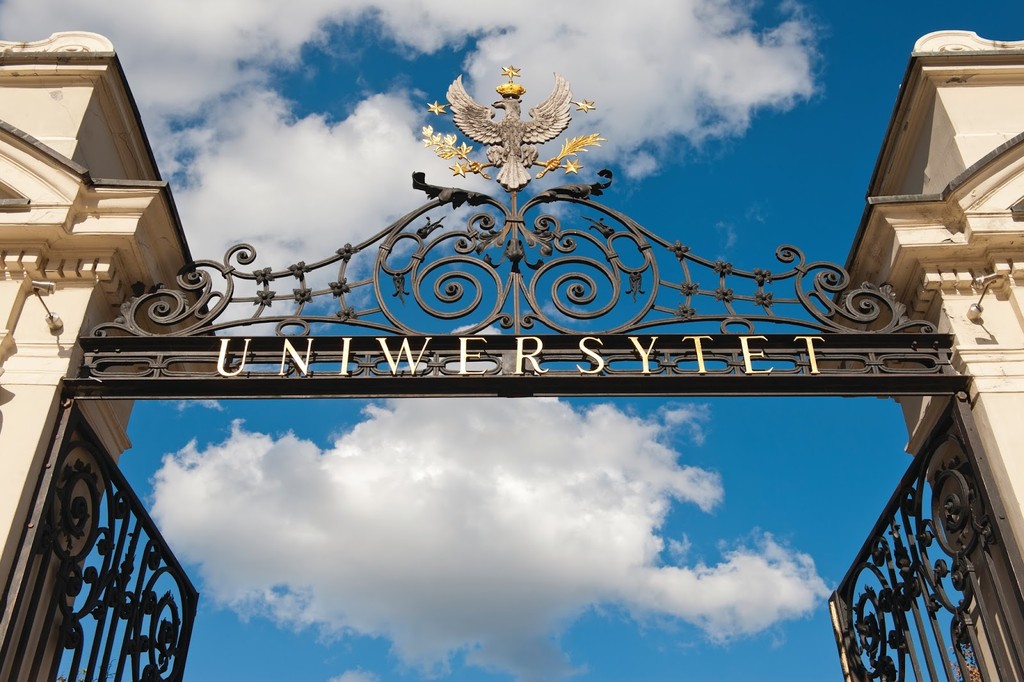
University of Warsaw (Source: Google Maps)
The University of Warsaw, established in 1816, is one of Poland's most prestigious educational institutions, known for its rich academic legacy. The university's campus features beautiful historic buildings, including the Main Building, which showcases Neoclassical architecture. The University has produced many notable alumni, including Nobel Prize winners and influential political figures. It plays a vital role in Polish culture and education, fostering a vibrant community of students and scholars. Visitors can explore the campus, enjoy its gardens, and learn about its contributions to science, humanities, and social studies, making it an essential stop for anyone interested in Poland’s intellectual history.
Copernicus Monument
Admire the Copernicus Monument, honoring the renowned astronomer who revolutionized our understanding of the solar system.
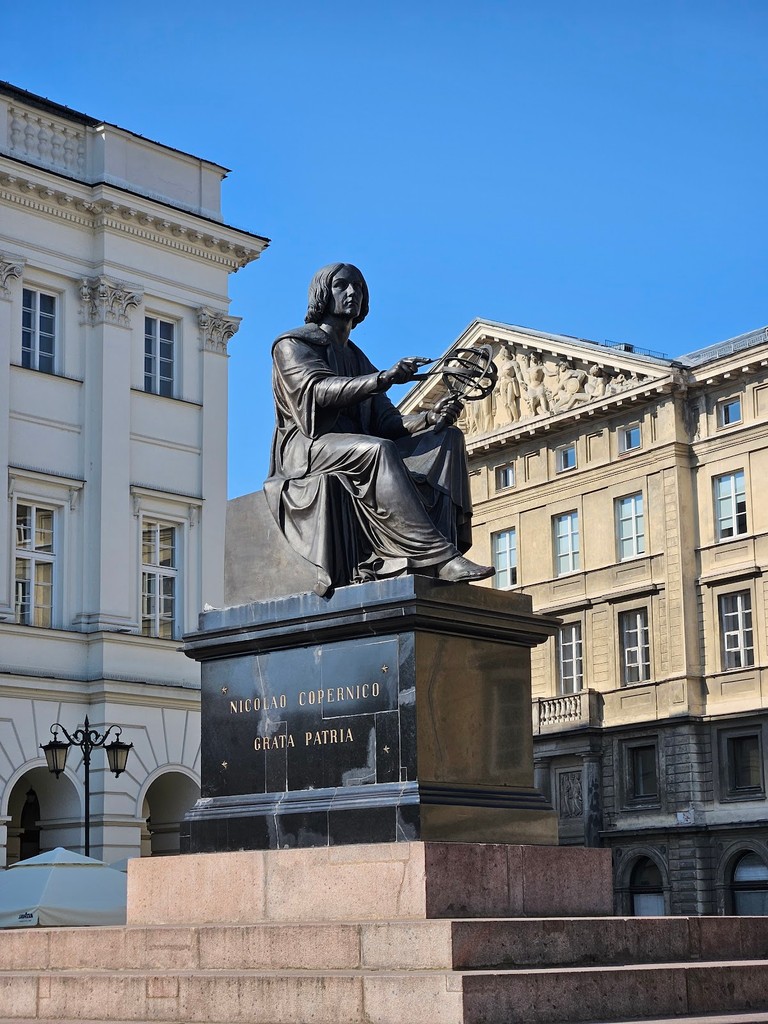
Copernicus Monument (Source: Google Maps)
The Copernicus Monument is a tribute to the renowned astronomer Nicolaus Copernicus, who revolutionized our understanding of the solar system with his heliocentric theory. Erected in 1830, the monument features a bronze statue of Copernicus holding a celestial globe, symbolizing his significant contributions to astronomy. The monument is located in the heart of Warsaw, near the University, emphasizing the city's connection to scientific achievement. It serves as a reminder of Poland’s rich history in science and exploration, attracting visitors who wish to pay homage to one of the greatest minds in history. The surrounding area is often lively with educational events and discussions, celebrating Copernicus's legacy.
Holy Cross Church
Conclude your tour at the Holy Cross Church, famous for housing the heart of Frédéric Chopin, one of Poland's most beloved composers.
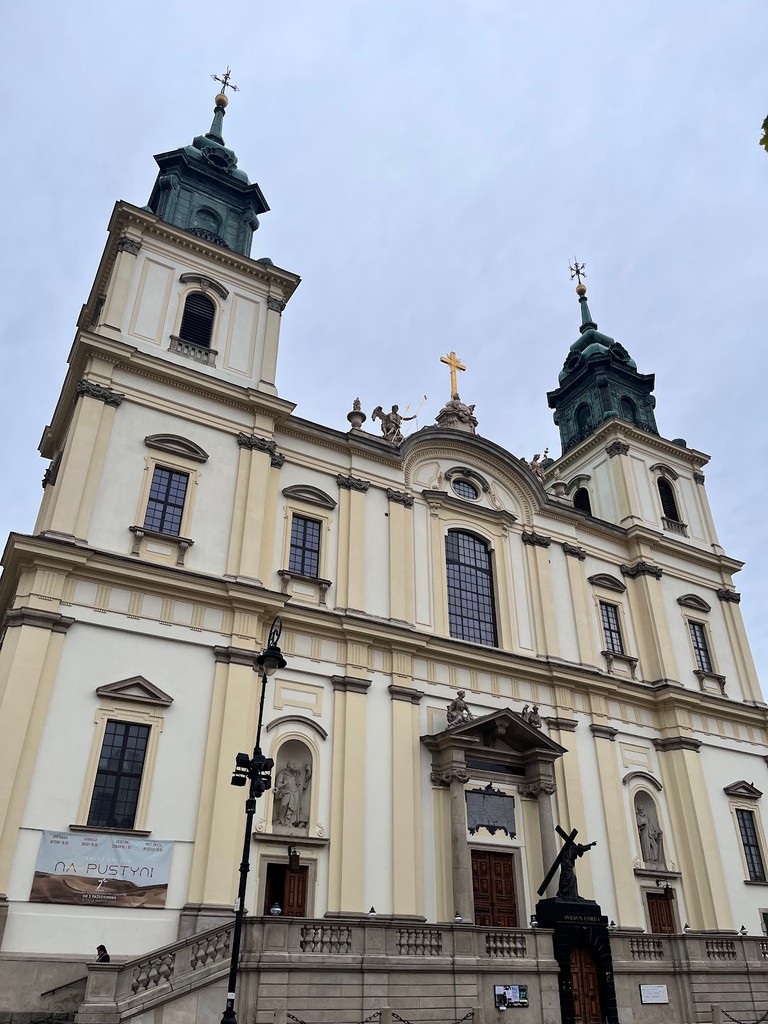
Holy Cross Church (Source: Google Maps)
Holy Cross Church is famous for housing the heart of Frédéric Chopin, one of Poland's most beloved composers. The church, built in the 18th century, is a prime example of Neoclassical architecture and features a stunning interior adorned with beautiful art and sculptures. Chopin's heart was placed in a pillar of the church after his death in Paris, symbolizing his enduring connection to his homeland. The church hosts regular concerts, celebrating Chopin's music and attracting both locals and tourists. Its rich history and cultural significance make it a vital landmark in Warsaw, offering a serene space for reflection and appreciation of Poland’s musical heritage.

Your travels, your rules.
Create your own Free Walking Tours.
Set your preferences, distances and anything you want to do or see.
Completely free, no payment required.